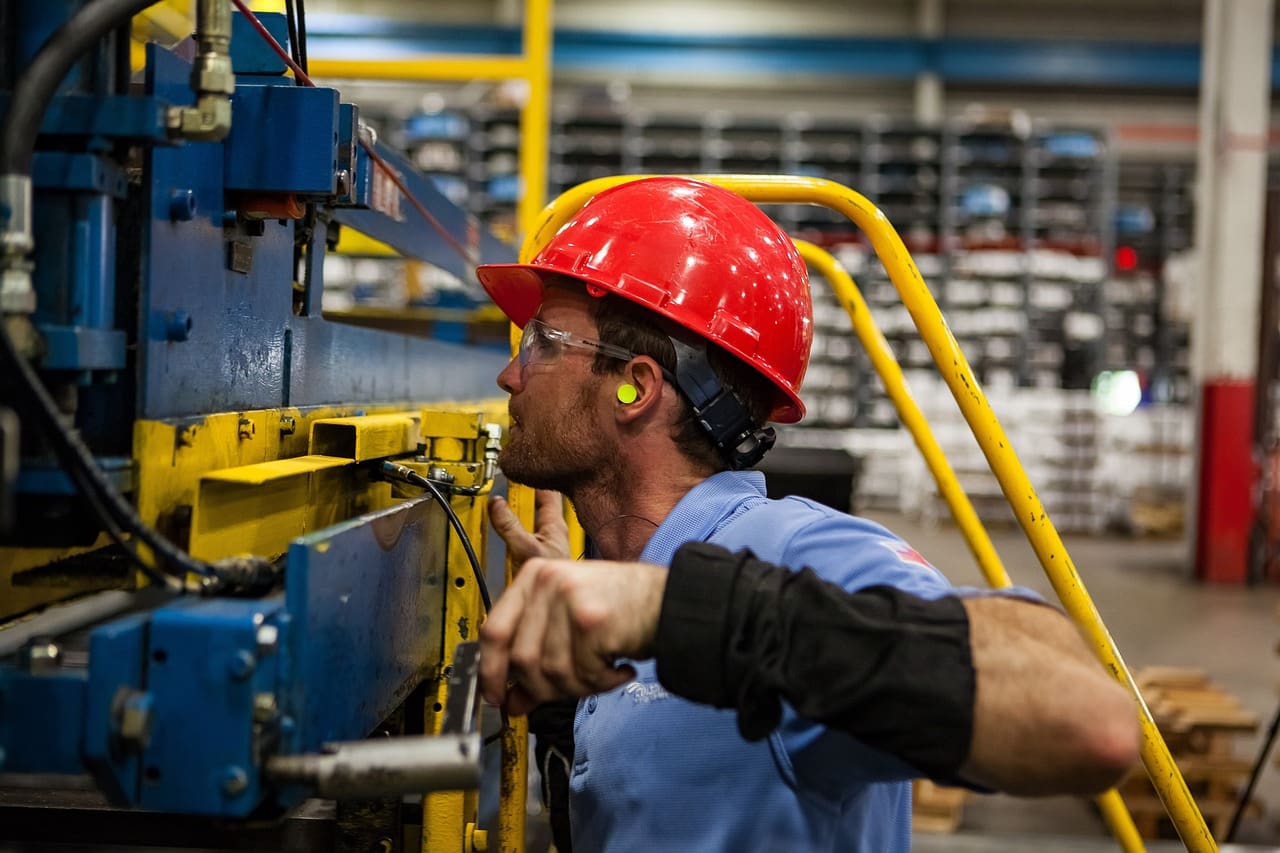Add Value to Your Manufacturing R&D Tax Credit Claim
27 July 2020
Below are some examples of how we’ve helped companies identify relevant R&D in manufacturing – using our expertise and experience in the field!

Example 1 | Manufacturing Industry eligible activities
In general, businesses should be aware that the R&D Tax Credit program was introduced to help companies take risks when innovating. If a project fails, it could still be eligible, and part of the expenditure may be recovered.
At the same time, building the correct technological narrative (scientific theory) is a very important part of the claim preparation. The project may otherwise be considered as trial-and-error type, lacking systematic investigative component, and therefore not eligible.
Visiativ Ireland has experienced Engineers and Scientists as consultants holding PhDs and MSc in different areas of science and technology.

Increasing product Yield in Manufacturing
In this specific example, the company carried out activities to increase product yield. The company developed processes to examine the parameters in a machine, spending significant time and money.
After multiple iterations, they were successful in increasing the yield, however the company considered this to be routine work of process improvement. At the time the work performed on these experimentations, tests and trials were tracked and recorded. By reviewing the records, the consultant identified the qualifying activities and asked the right questions. They narrated the scientific theory behind the process and findings, therefore the project was deemed eligible for the R&D Tax Credit, adding €80,000 to the refund.

Example 2 | Manufacturing Industry
Many times, manufacturing companies improve their operations by performing software upgrades or introducing new software integration. Not all software upgrades or system integrations are eligible e.g. plug and play using built-in tools is usually not eligible.
However, in many cases, if an internal software developer or team are involved in carrying out the activities, the consultant can identify the work that have been overlooked and draft a narrative to include this work in the claim.
This was the case with some of our clients and through discussion with the company’s technical team, the consultant identified IT related work that the company did not consider or overlooked as part of their R&D Tax Credit claim. In several cases an average of €30,000 was added to the refund.
Conclusion
These are but a few examples of our technical consultants assisting companies with efficient identification and preparation of their R&D work, as well as developing processes for proper tracking of information. However, having mentioned this, identifying and determining R&D work for claim submission involves the experience of a trained professional who is an expert in each relevant industry.








